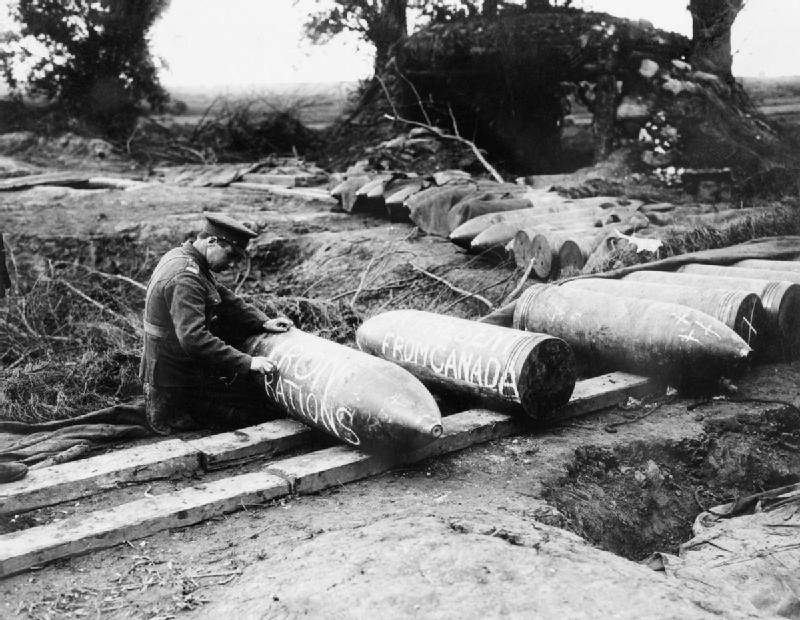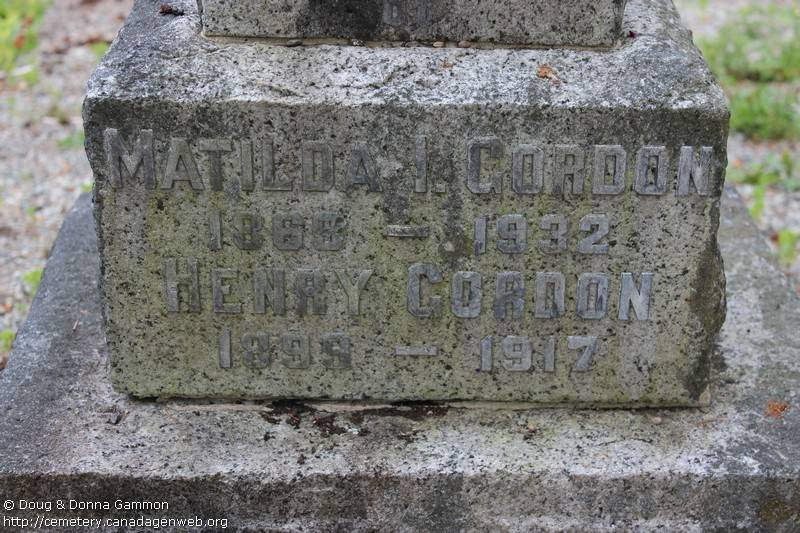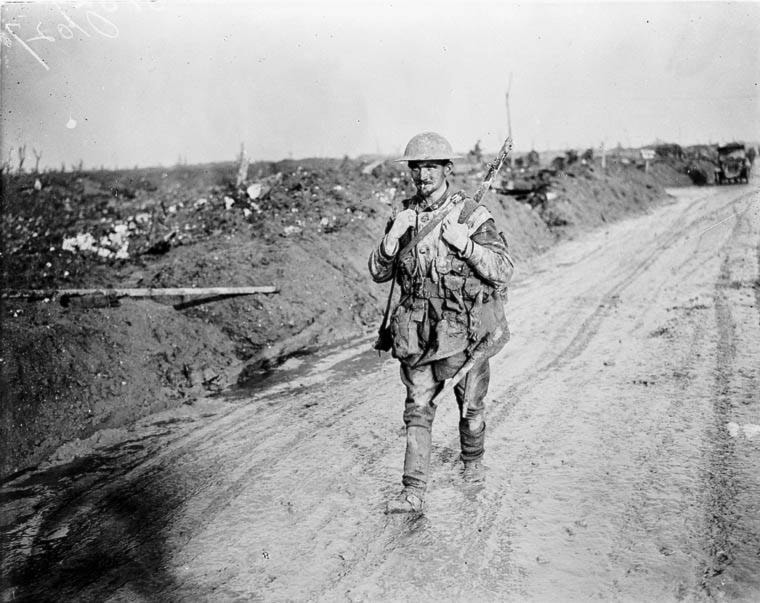Lest we forget.
It’s a phrase drawn from a poem by the same name written in 1914 by Laurence Binyon that is commonly used in remembrance services in Canada and most English speaking countries around the world.
The phrase acts as a plea to remember the sacrifices of those who fought for our way of life, but on the 100th anniversary of the end of the war that spawned that poem, many of the specifics of the war have, in fact, been forgotten.
Moreover, history has not been kind to the architects of that Great War at the political level or the generals who sent men to slaughter because they simply didn’t understand how to fight a war in the industrial era.
That’s the opinion of Sooke artist Sue Daniels-Ferrie whose series of 13 paintings is on display at the Sooke Legion along with a series of prose that recalls the horrors and the sacrifice.
RELATED: Sooke artist honours vets
“The fact is that a lot of those young men had no idea what they were heading into,” said Daniels-Ferrie.
“Most of them thought they would never get to the front in time to see any action, and were concerned that they would miss all the excitement. That’s not the way it turned out.”
And Sooke was represented by more than its fair share of soldiers for that horrible conflict.
Although records are inexact, best estimates say that some 80 young men volunteered for the Canadian Expeditionary Force from the Sooke region. That level of enlistment came at a time when the total male population (of age to serve) in the area was about 700.
By the time the war was over, almost 620,000 Canadians enlisted in the Canadian Expeditionary Force. Of these, about 60,000 were killed and another 172,000 were wounded.
“At first, it was exciting for them, and even if they didn’t understand the political reasons behind the war, they knew that Britain was at war and they felt it was their responsibility to lend a hand,” said Daniels-Ferrie.
“They went there under equipped and without even proper uniforms. Their identification tags were printed on cardboard and attached with twine and they had to lace them inside their boots to keep them from disintegrating.”
Many of those young men went to slaughter in muddy trenches, facing machine guns that spouted more than 10 rounds a second across barbed wire strewn fields, littered with the bodies of the dead.
“Their sacrifice was tragic, but their bravery unquestionable,” said Daniels-Ferrie.
But despite that sacrifice and the admonition to never forget, the truth is that the specifics of the men from Sooke who made the ultimate sacrifice for their country has, in part at least, been forgotten.
Elida Peers, historian at the Sooke Region Museum, has recounted the story of one Sooke man, Lionel Walker, who gave his life as a pilot. Another man, Harry Gordon, is remembered as having been raised in the Moss Cottage (currently on display at the museum). None of the remaining men who perished have been identified as having family remaining in Sooke and little is known about them.
RELATED: Read about Lionel Walker
Montana Stanley, the collections and exhibits manager at the Sooke Region Museum, has worked diligently to record the names of the men from the region who served in the First World War,
Looking at a restored copy of a long forgotten scroll that was discovered in 1953 when the original town cenotaph was moved in 1953, she acknowledged the handwritten scroll may not have been entirely accurate.
“The scroll was written and placed under the original cenotaph in 1920, but we have no way of knowing if all the names were included.”
Similarly, a list of those who served in that war that was prepared in 1970 by the Sooke Women’s Institute listed 15 dead from the region, but another list prepared for the Sooke Street Veteran’s Naming Program failed to differentiate between those who died in action and those who had died of other causes.
What’s important, said Daniels-Ferrie, is that we remember that these men lived, and died, fighting for their country even if it was for a cause they didn’t fully understand.
https://www.sookenewsmirror.com/news/mud-slide-hits-highway-14-near-port-renfrew/


